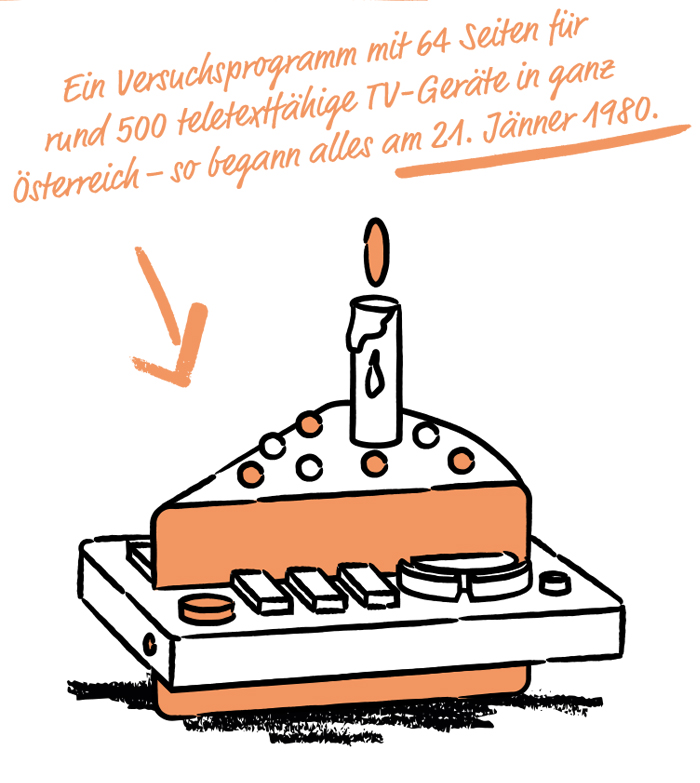Zurück zur Übersicht
Andreas Simhofer, Redakteur „TELETEXT“
#14 Hat der „TELETEXT“ im Digitalen Platz?

Verlässlich, glaubwürdig, praktisch, top-aktuell - Attribute, die den ORF TELETEXT seit mehr als vier Jahrzehnten begleiten. Wie ist diese Konstanz in einer inzwischen durch Reizüberflutung und (Des-)Informationswellen durchsetzten medialen Welt möglich? Wie konnten diese genuin öffentlich-rechtlichen Assets in Wandel und Wechsel bewahrt werden?
Der Erfolg hat Gründe. Gute Gründe. Das nur scheinbar gealterte, aber modern gebliebene Medium befriedigt die zeitlosen Grundbedürfnisse und versucht schlicht und einfach, dem Publikum größtmöglichen Nutzen zur Verfügung zu stellen - gerade und besonders bei den aktuellen Nachrichten aus Österreich und rund um den Globus, im 24-Stunden-Takt in der journalistischen Software der Radio-Information produziert. Den Überblick zu bewahren und ihn in möglichster Klarheit darzustellen. Alles in allem auch ein demokratiepolitischer Mehrwert.
Zweitens: Dem TELETEXT ist es gelungen, Tradition und Moderne in Einklang zu bringen, einerseits gleichsam Kult zu werden, andererseits aber, vom linearen Fernsehbackground ausgehend, sich mit funktionalem Design ("digitale Pixel") ins Internet und auf die mobilen Ausspielplattformen zu transformieren. Adaptierte Usability nennt es die Wissenschaft. In der Gestaltung aufgefrischt, im inhaltlichen Kern aufs Wesentliche konzentriert. Menschen dort erreichen, wo sie den Content nutzen, unabhängig von Ort und Zeit. Und selbstverständlich barrierefrei für Gehörlose und Hörbehinderte.

Die hervorragenden Nutzerzahlen beweisen es denn auch: Kaum etwas passt derart perfekt zusammen wie ein Smartphone oder ein Tablet und die TELETEXT-App, die das ORF-Gesamtangebot ideal ergänzt.
Bewährtes eines erfolgreichen Medienformats ist geblieben, Neues in Ergänzung entstanden. Der Bedarf nach kurzen, prägnanten, bündigen, verlässlichen Informationen wird - und das ist ganz sicher - bestehen bleiben. Der ORF TELETEXT ist auch im neuen Zeitalter gut aufgehoben - eben das Beste in beiden Welten.




 Verlässlich, glaubwürdig, praktisch, top-aktuell - Attribute, die den ORF TELETEXT seit mehr als vier Jahrzehnten begleiten. Wie ist diese Konstanz in einer inzwischen durch Reizüberflutung und (Des-)Informationswellen durchsetzten medialen Welt möglich? Wie konnten diese genuin öffentlich-rechtlichen Assets in Wandel und Wechsel bewahrt werden?
Verlässlich, glaubwürdig, praktisch, top-aktuell - Attribute, die den ORF TELETEXT seit mehr als vier Jahrzehnten begleiten. Wie ist diese Konstanz in einer inzwischen durch Reizüberflutung und (Des-)Informationswellen durchsetzten medialen Welt möglich? Wie konnten diese genuin öffentlich-rechtlichen Assets in Wandel und Wechsel bewahrt werden?